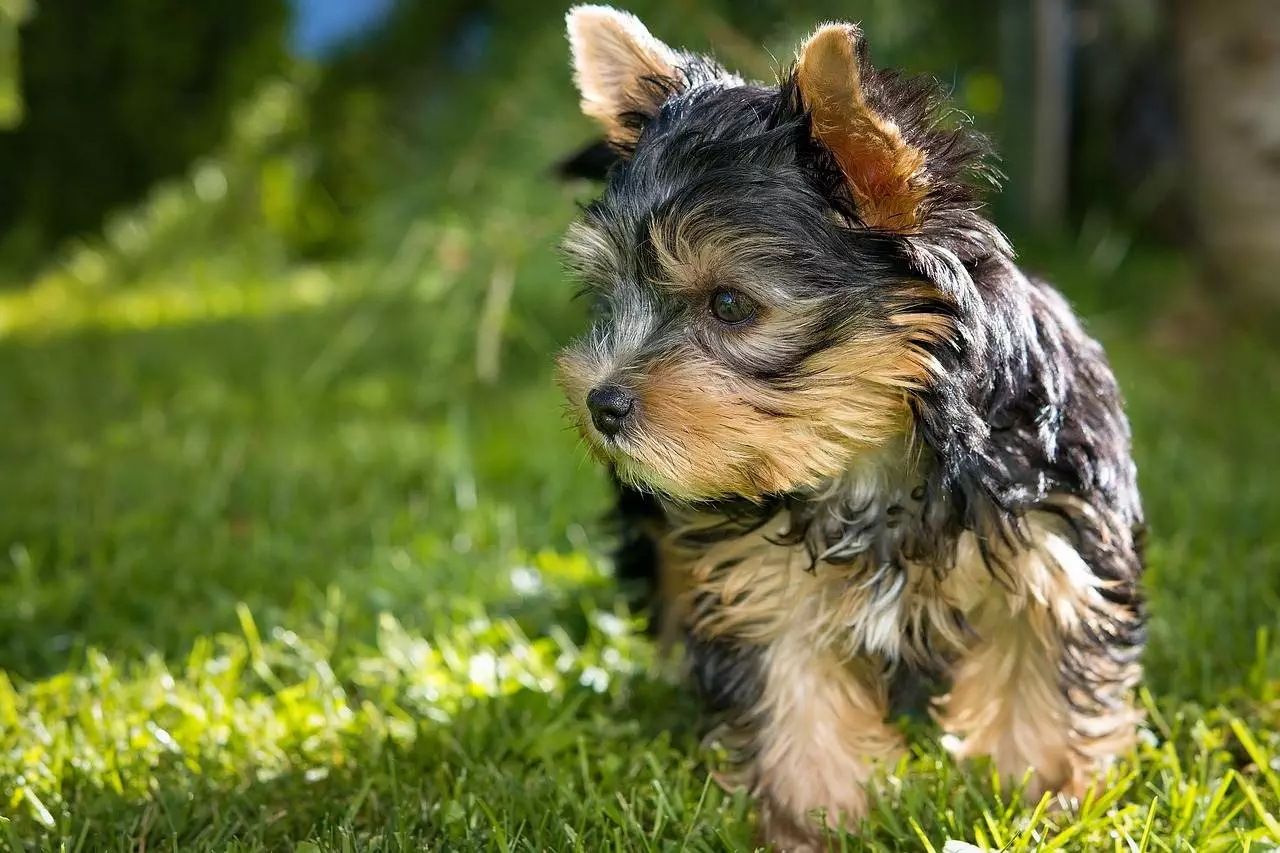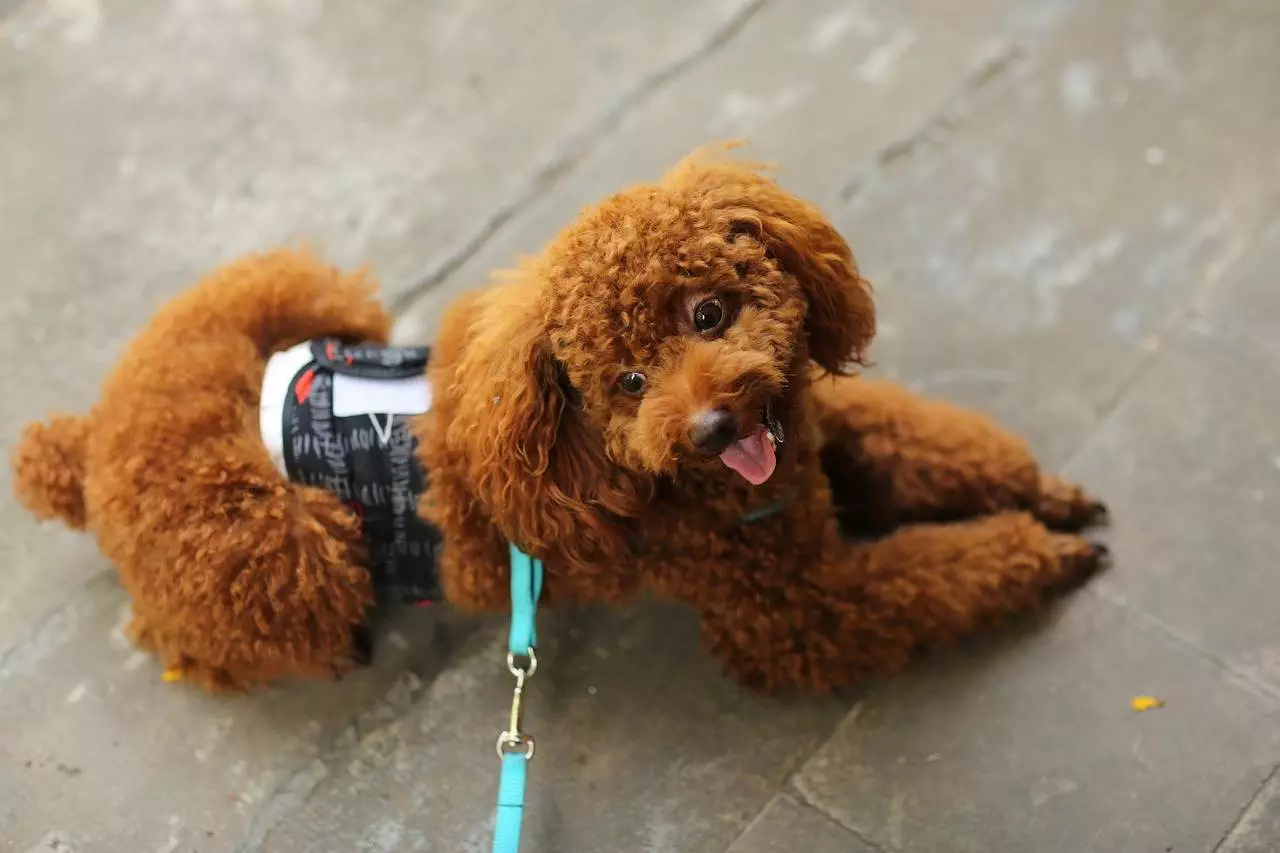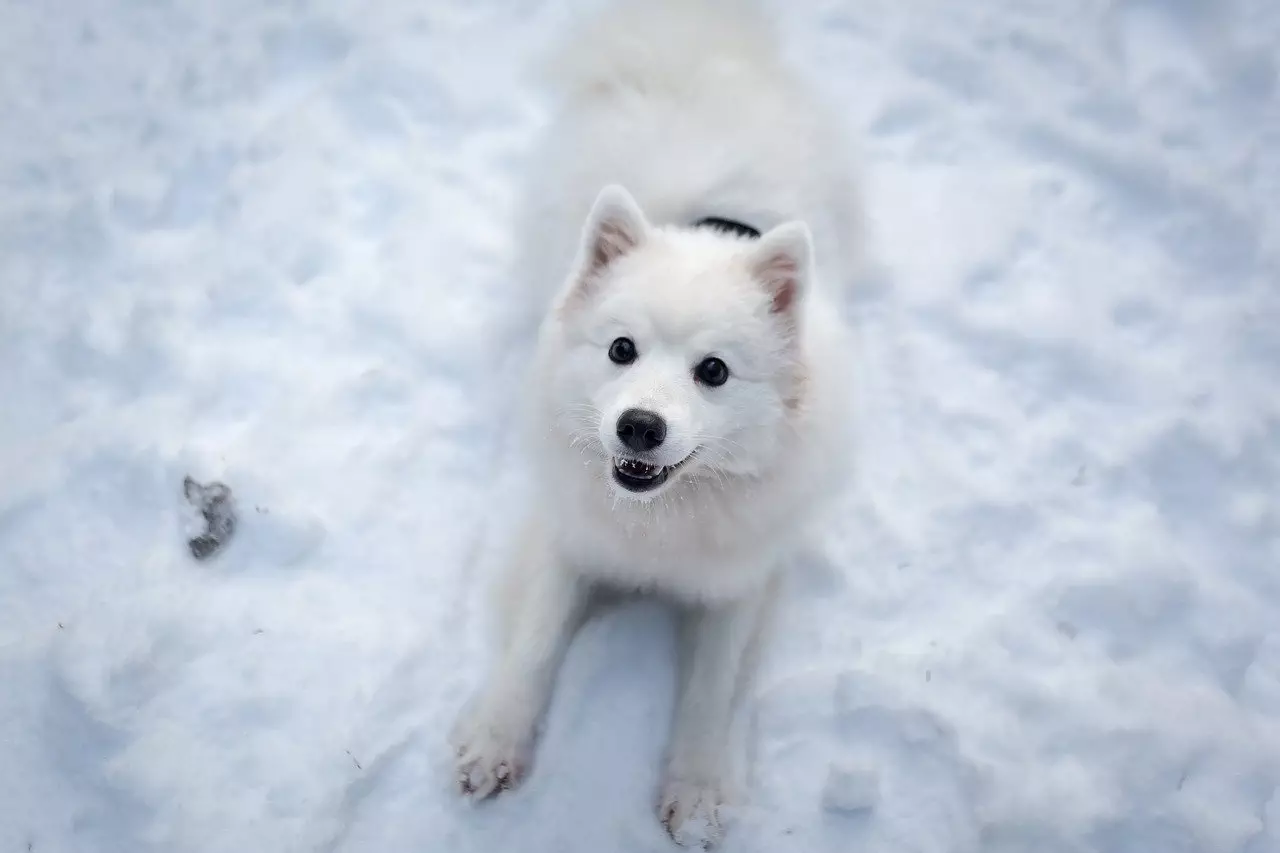Introduction
Training a Golden Retriever can be a rewarding and fulfilling experience. These intelligent and friendly dogs are known for their gentle nature and eager-to-please attitude. In this article, we will explore effective techniques that can help you train your Golden Retriever to become a well-behaved and obedient companion.
Understanding the Golden Retriever Breed
Before diving into training techniques, it is important to have a good understanding of the Golden Retriever breed. These dogs are known for their high energy levels, intelligence, and strong desire to please their owners. They are also highly trainable and excel in various activities such as obedience, agility, and retrieving.
Benefits of Training a Golden Retriever
Training your Golden Retriever comes with numerous benefits for both you and your furry friend. Firstly, it provides mental stimulation for your dog, keeping them engaged and preventing boredom. Training also strengthens the bond between you and your Golden Retriever, as it enhances communication and trust. Additionally, a well-trained Golden Retriever is a joy to be around, exhibiting good manners and obedience in various situations.
By using positive reinforcement methods, consistency, and patience, you can effectively train your Golden Retriever and shape their behavior according to your expectations. In the following sections, we will delve into specific techniques that will help you achieve success in training your Golden Retriever.
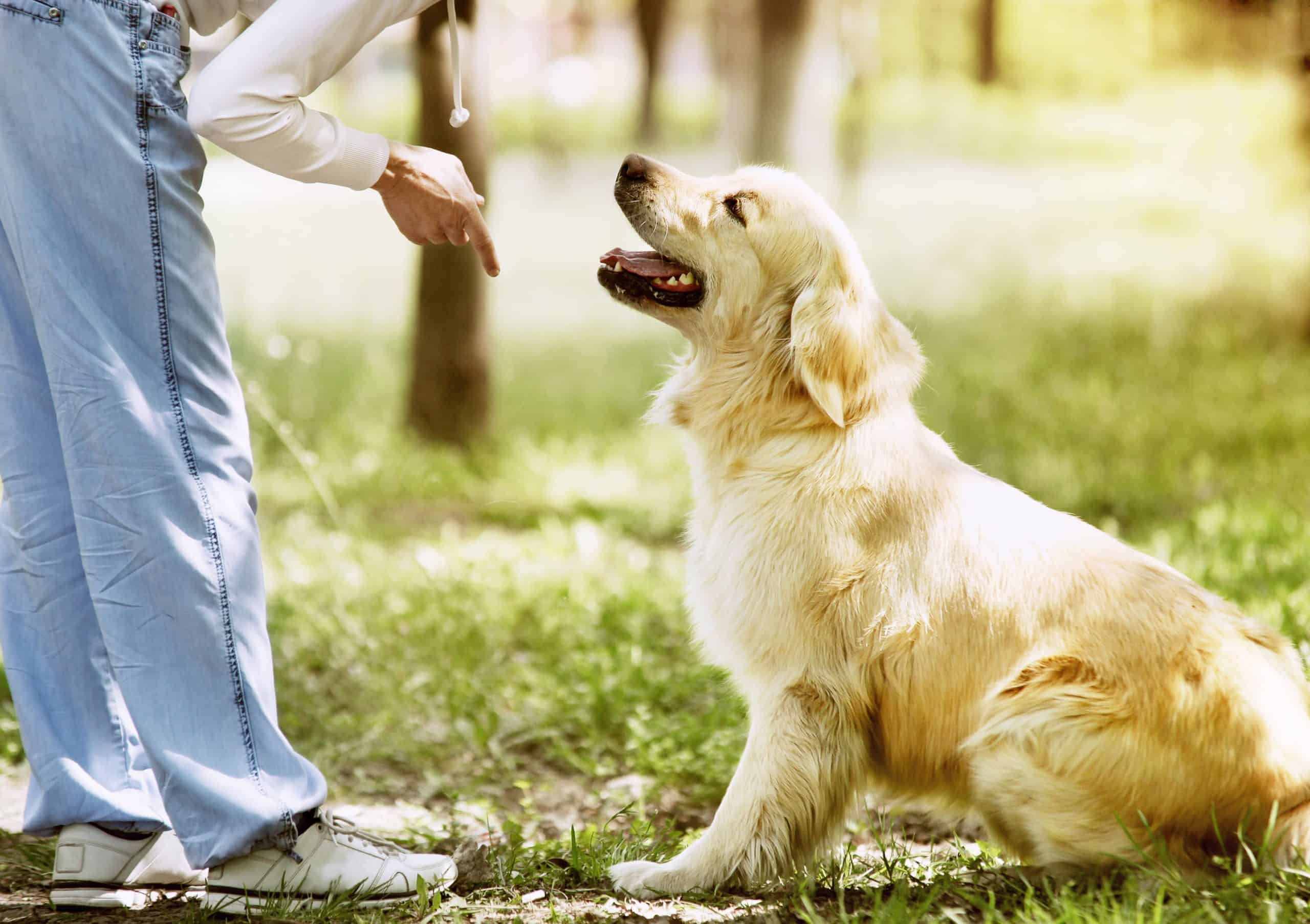
Creating a Positive Training Environment
Setting Up a Safe and Comfortable Space for Training
When it comes to training your Golden Retriever, creating a positive environment is crucial for their success. Start by setting up a safe and comfortable space in your home specifically dedicated to training sessions. This area should be free from distractions, such as loud noises or other pets, to help your Golden Retriever focus solely on the training. Clear the space of any hazards or potential obstacles that could cause injury.
Using Positive Reinforcement Techniques
Golden Retrievers respond well to positive reinforcement training methods. When your pooch performs a desired behavior, immediately reward them with treats, praise, or toys. This positive reinforcement not only motivates your Golden Retriever but also helps reinforce the behavior you want them to learn. It is important to be consistent with your rewards and use them heartily to solidify the connection between the behavior and the positive outcome.
In addition to treats and toys, verbal cues and physical affection are effective ways to reinforce good behavior. Use a happy and enthusiastic tone of voice when giving commands, and make sure to shower your furry friend with extra love and affection after they successfully complete a task.
By setting up a safe and comfortable training space and employing positive reinforcement techniques, you can create an environment that promotes effective learning and enhances the bond between you and your Golden Retriever. Happy training!

Basic Training Commands
When it comes to training your Golden Retriever, understanding and implementing basic training commands is essential. These commands not only help establish a clear line of communication between you and your furry friend, but they also teach obedience, discipline, and respect. In this section, we will discuss three fundamental commands that every Golden Retriever should be trained to follow: ‘Sit,’ ‘Stay,’ and ‘Come.’
Teaching the ‘Sit’ Command
Teaching your Golden Retriever to sit is one of the first and most important commands to master. To begin, hold a treat in your hand and place it close to your dog’s nose. Slowly move your hand upward, so your dog’s eyes follow it and their bottom lowers to the ground. Once they are in a sitting position, immediately reward them with the treat and praise.
Training the ‘Stay’ Command
The ‘Stay’ command is crucial for keeping your Golden Retriever safe in various situations. Start by commanding your dog to sit, then hold your hand out in a “stop” gesture while saying “stay” in a firm but calm voice. Take a step back, rewarding them with a treat and praise if they remain in place. Gradually increase the distance and duration as your dog becomes more comfortable.
Establishing the ‘Come’ Command
The ‘Come’ command is essential for recall and control. Begin by using a long leash in a secure area. Call your dog’s name followed by the command “come.” Gently pull on the leash if needed, encouraging them to move towards you. Once your dog reaches you, reward them with treats and praise. Practice this command regularly and gradually remove the leash, reinforcing obedience and trust.
By mastering these basic training commands, you will pave the way for a well-behaved and obedient Golden Retriever. Remember, consistency, patience, and positive reinforcement are key throughout the training process. Happy training!
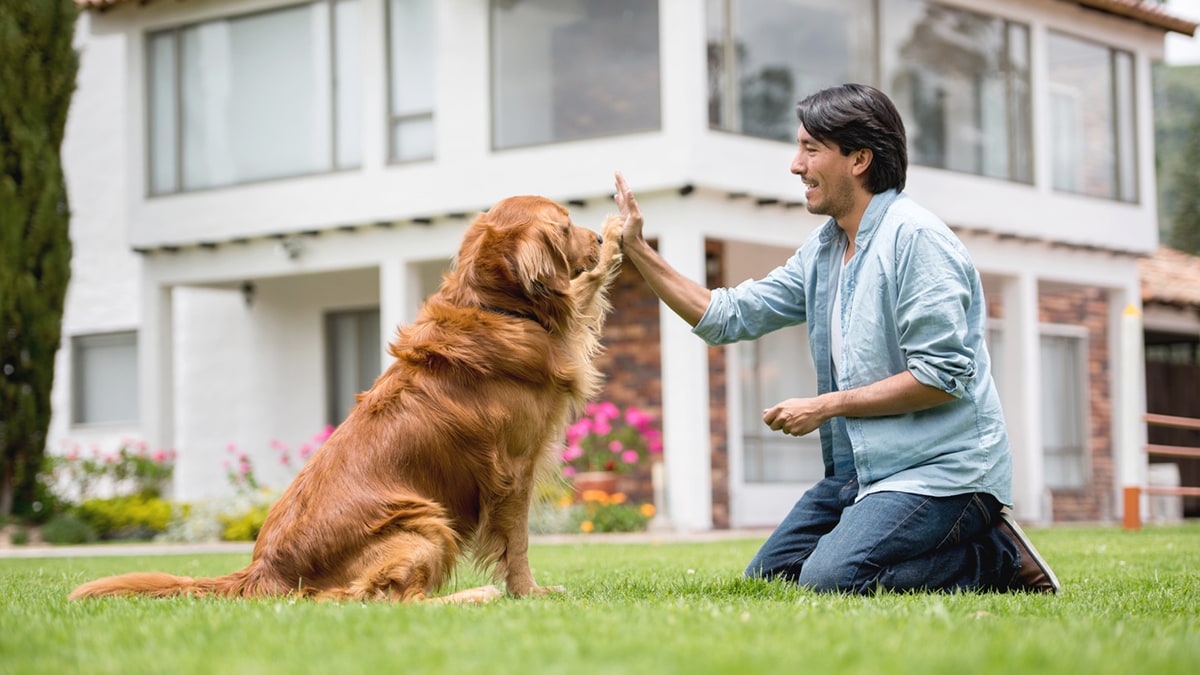
Advanced Training Techniques
Congratulations on mastering the basics of training your golden retriever! Now it’s time to move on to more advanced techniques that will help you further polish your dog’s skills and obedience. These techniques will not only challenge your golden retriever mentally but also strengthen the bond between you and your furry companion.
Introducing the ‘Leave It’ Command
The ‘Leave It’ command is crucial for your golden retriever’s safety. It teaches them to ignore tempting objects or food that may be harmful or inappropriate. To start, hold a treat in your closed fist and command, “Leave it.” Wait for your dog to stop pawing or biting at your hand, then reward them with a treat from your other hand. Gradually increase the difficulty by using items with more appeal until your golden retriever can resist even the juiciest steak!
Training for Loose Leash Walking
Walking your golden retriever without them pulling on the leash can be a challenge. Begin by equipping your dog with a properly fitted collar or harness and a sturdy leash. Use treats as rewards to motivate your dog to stay by your side. Whenever your golden retriever pulls, stop walking and wait for them to return to your side. Praise and reward them when they do. With consistency and patience, your golden retriever will learn to enjoy leisurely walks without tugging.
Playing fetch is not only a fun way to bond with your golden retriever but also a great exercise for them. To teach this command, start with a favorite toy and encourage them to take it in their mouth. Throw the toy a short distance and say, “Fetch,” as your golden retriever goes after it. Once they have retrieved the toy, reward them with praise and a treat. Gradually increase the distance and challenge them to bring back different objects.
By incorporating these advanced training techniques into your daily routine, you will continue to enhance your golden retriever’s obedience and intelligence. Remember, consistency and positive reinforcement are key. With dedication and patience, you’ll have a well-trained and happy golden retriever.
Addressing Behavior Issues
Dealing with Separation Anxiety
One common behavior issue that many Golden Retriever owners struggle with is separation anxiety. Your Golden Retriever may become anxious and distressed when you leave the house, resulting in excessive barking, destructive behaviors, or even attempts to escape. To address this issue, it’s important to gradually get your furry friend accustomed to your absence. Start by leaving the house for short periods of time and gradually increase the duration. Provide your Golden Retriever with toys or puzzles to keep them occupied and create a positive association with your departure.
Solving Destructive Chewing Habits
Golden Retrievers have a natural instinct to chew, and if this behavior becomes destructive, it can be a problem. To address this issue, make sure your Golden Retriever has plenty of appropriate chew toys available. Additionally, provide regular exercise and mental stimulation to prevent boredom, as this can contribute to destructive chewing. If you catch your Golden Retriever chewing on something they shouldn’t, redirect their attention to an appropriate toy and offer positive reinforcement when they chew it.
Managing Jumping and Excitability
Golden Retrievers are known for their friendly and exuberant nature, but their jumping and excitement can become problematic, especially when it comes to greeting guests. To manage this behavior, teach your Golden Retriever a solid “sit” command and use it consistently. Practice with friends and family, rewarding your Golden Retriever for calmly sitting while greeting. Consistency is key, so make sure everyone who interacts with your dog follows the same guidelines.
By addressing these behavior issues with effective techniques, you can ensure a well-behaved and happy Golden Retriever. Remember, training takes time and patience, so be consistent and positive in your approach.
Socializing Your Golden Retriever
Importance of Socialization in Golden Retrievers
Socialization plays a crucial role in shaping the behavior and temperament of your golden retriever. It helps them become well-adjusted and confident dogs, as they learn how to interact and communicate with other animals and humans. By exposing your golden retriever to various environments, people, and animals from a young age, you can help them develop into a friendly and well-behaved pet.
Introducing Your Golden Retriever to Other Dogs
Allowing your golden retriever to interact with other dogs is an important aspect of their socialization process. Start by arranging controlled playdates with vaccinated and well-behaved dogs. Choose dogs that are calm and friendly to help your golden retriever feel comfortable. Gradually increase the duration and intensity of these interactions as your golden retriever gains confidence and learns appropriate social skills. Always monitor their interactions to ensure they remain positive and safe.
Exposing Your Golden Retriever to Different Environments
To build your golden retriever’s confidence, expose them to various environments, such as busy streets, parks, or crowded places. Start with low-stress situations and gradually increase the level of distractions. This exposure will help them become comfortable and adaptable in different settings, reducing the likelihood of fear or anxiety-related behaviors.
Remember, consistent positive reinforcement and reward-based training methods will greatly contribute to the success of socializing your golden retriever. By investing time and effort in their socialization, you are laying the foundation for a well-rounded and socially confident companion.
Training Tips for Specific Age Groups
Training a Golden Retriever requires different techniques depending on their age group. Whether you have a playful puppy, an adult dog, or a senior companion, understanding the specific training needs and challenges for each age group will help you effectively train your Golden Retriever.
Puppy Training Techniques
When it comes to training a Golden Retriever puppy, the key is to start early and be consistent. Focus on basic commands such as sit, stay, and come. Use positive reinforcement techniques like treats and praise to reward good behavior. Additionally, puppy socialization is crucial during this stage to ensure they grow up to be friendly and well-adjusted dogs. Introduce them to different people, places, and other animals to help them become comfortable in various situations.
Training Adult Golden Retrievers
Adult Golden Retrievers are generally more focused and capable of learning more complex commands. It’s important to continue reinforcing basic obedience skills while gradually introducing new challenges. Keep training sessions engaging and varied to prevent boredom. Mental stimulation, exercise, and consistency in training will help maintain their well-behaved nature.
Challenges of Training Senior Golden Retrievers
Training senior Golden Retrievers can come with unique challenges. Due to aging, they might experience decreased energy levels and physical abilities. Adjust the training routine to accommodate their needs, and be patient and understanding. Focus on strengthening their existing skills rather than introducing new commands. Small, frequent training sessions will help prevent mental and physical exhaustion.
By tailoring your training approach to the specific age group, you can effectively train your Golden Retriever and foster a strong bond built on trust and understanding. Remember, consistency, positive reinforcement, and patience are key throughout all stages of training.
Conclusion
Congratulations! You have now learned some effective techniques for training your golden retriever. By following these methods, you can build a strong bond with your furry friend and help them become well-behaved and obedient.
Celebrating Your Golden Retriever’s Training Achievements
It’s important to remember to celebrate your golden retriever’s training achievements. Whether it’s learning a new trick, responding to commands, or simply behaving well in different situations, acknowledging their progress and rewarding them with treats, praise, and affection will motivate them to continue their good behavior.
Becoming a Confident and Responsible Golden Retriever Owner
Training a golden retriever requires not just patience and consistency, but also confidence and responsibility. You must be confident in your training methods and decisions, as your dog will pick up on any uncertainty. Additionally, being a responsible owner means providing your golden retriever with a safe and loving environment, adequate exercise, a balanced diet, and regular veterinary care.
Remember, training a golden retriever takes time and effort. It’s essential to stay consistent, positive, and patient throughout the process. Reward good behavior, correct any unwanted behaviors promptly, and always show love and respect to your furry companion.
By implementing these effective training techniques and being a dedicated and responsible golden retriever owner, you can ensure a happy and well-trained dog that brings joy and companionship to your life for many years to come.



